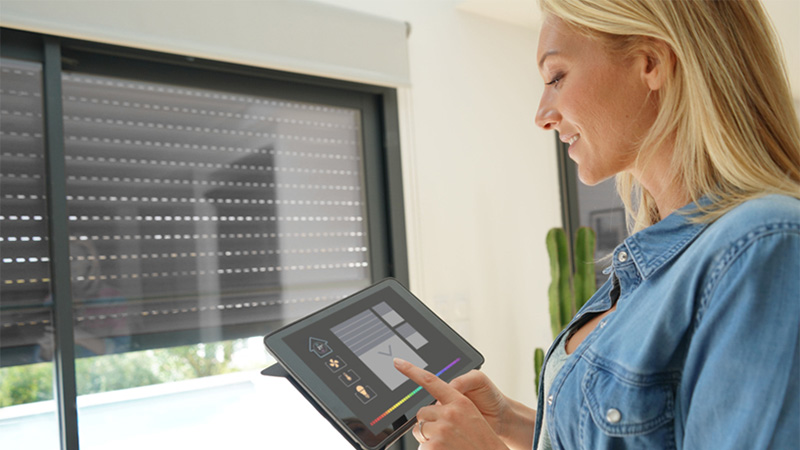3 Hot Trends in Smart Home Automation in 2019
Smart home device sales helped Amazon break its all-time holiday sales record in 2018, the company reported on its website. Alexa-powered Echo smart speakers, used as an interface for smart home control, led the holiday sales surge, with sales so strong that Alexa was actually knocked offline briefly from so many people connecting their speakers to Amazon servers at once. Smart plugs, video doorbells and robot vacuum cleaners were also among last year’s smart home device best sellers.

Amazon’s sales success illustrates how smart home technology has gone mainstream over the past few years. Nine in 10 American consumers now own some type of smart home device, Metova data shows. Here’s a look at three of the hottest trends driving the growth of smart home automation.
Voice-Controlled Home Automation
Smart speaker sales are driving the growth of the smart home market. Voice-activated speaker sales are on track to grow 50 percent between 2018 and 2019, with 19 percent of consumers expecting to purchase one over the next twelve months, the NPD Group projects. Through smart speakers, voice control is becoming the favored method for users to interface with other smart home devices. Paired with integration apps, speakers such as Amazon Echo and Google Home are allowing users to use the sound of their voice to control devices such as smart TVs, smart lights and smart thermostats. For instance, if you want to turn on your favorite TV show, you can simply tell your smart home system what you want to watch. Google and Amazon are both expected to showcase smart home applications of voice-controlled speakers at this year’s Consumer Electronics show, Tom’s Guide predicts.
Smart Security Camera Systems
One of the most popular applications of smart home technology is making homes safer through monitoring and security devices. Sales of devices in this category, including IP cameras, door and window sensors, and smart locks are expected to grow 27.3 percent over the next five years, accounting for 19.4 percent of the entire smart home device market by 2022, International Data Corporation estimates. Smart camera systems are being used both for security purposes and for purposes such as identifying visitors without getting up or monitoring children and pets. The growing demand for home security cameras is driving advances in camera technology, promoting innovations such as 4K resolution, color night vision and wireless cameras. Integration with smart speaker systems is also making home security cameras and other smart home security features easier to use. For example, the new Lorex Smart Home app connects to Alexa, allowing you to control your security system with the sound of your voice.
Home Robots
The popularity of robot vacuum cleaners as a 2018 holiday gift embodies another hot trend in smart home technology. The consumer robotics market grew from $2.93 billion to $3.69 billion from 2016 to 2017, and by 2026, it will reach a value of $26 billion. Home robots are growing popular as domestic servants, social companions and children’s toys. The iRobot Roomba, which lets you use a smartphone app to schedule automatic carpet cleaning, is a current sales leader. Tech leaders are looking to take this to the next level by developing home androids. Amazon is developing an android version of Echo that can follow homeowners around the house, while Google parent Alphabet is investing in androids that can open doors and climb stairs, and Huawei is building an android to teach kids English. Home androids are expected to start hitting the market by 2020, Amazon insiders say.
Voice-controlled smart speakers, smart security camera systems and home robots are three of the biggest trends in smart home technology today. These types of technologies are making smart homes more user-friendly, safer and easier to maintain. As smart home technology continues to advance in sophistication and popularity, moving towards full-fledged androids, the American home will continue to move toward achieving the vision of full home automation.



